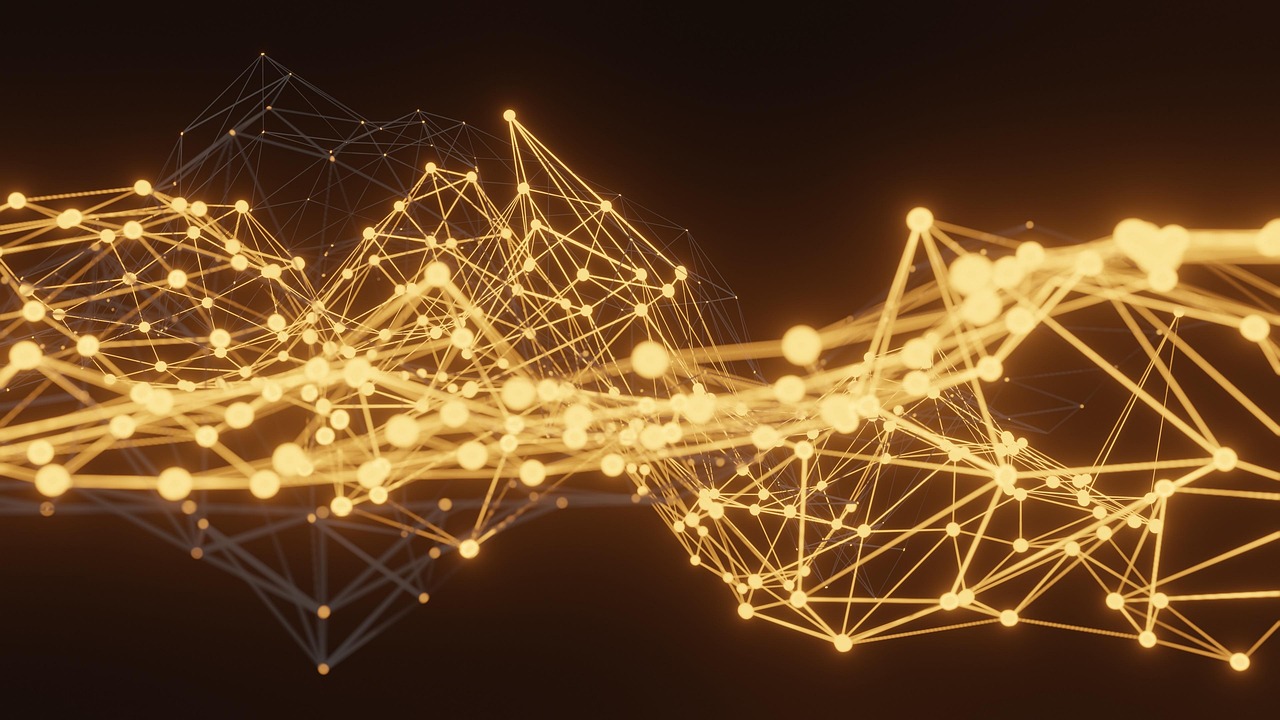🌱 Digital Phenotyping: A New Era in Understanding Biological Traits 🌱

The evolution of phenotyping has taken a transformative leap with digital phenotyping—a data-driven approach that leverages advanced imaging, sensors, and AI to analyze biological traits over time. Unlike traditional phenotyping, which relies on manual measurements and visual assessments, digital phenotyping captures high-throughput, real-time data, enabling precision agriculture, plant breeding, and environmental adaptation studies.
📜 From Traditional to Digital: A Brief History
Phenotyping has always been at the core of biological and agricultural sciences. Initially, it was labour-intensive and subjective, relying on human observation. The 21st century introduced high-throughput techniques, where automation, computer vision, and sensor-based measurements replaced manual assessments. This shift has made large-scale, non-destructive monitoring of traits possible, bridging the gap between genotype and phenotype at an unprecedented scale.
🔬 Scope & Applications
Digital phenotyping has vast implications, from crop resilience
under climate stress to personalized healthcare tracking. In agriculture, platforms like StatFaRmer are revolutionizing how researchers analyze plant growth, stress responses, and genetic traits through automated time-series data processing. In human health, smartphone-based digital phenotyping is used to assess behavioural and cognitive patterns.
⚖️ How Does It Compare to Traditional Methods?
- Scalability: Digital methods analyze thousands of samples when it takes traditional methods to measure a handful.
- Efficiency: Continuous, non-invasive monitoring replaces periodic manual observations.
- Integration: Digital phenotyping aligns seamlessly with genomic and environmental data, offering holistic insights.
As data science, AI, and sensor technology evolve, digital phenotyping is set to redefine research in agriculture, healthcare, and beyond. The future of phenotyping isn’t just about observation—it’s about actionable insights that drive innovation.
What are your thoughts on the impact of digital phenotyping in your field? Let’s discuss it!